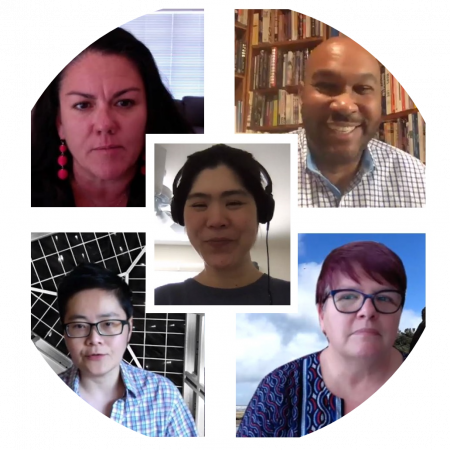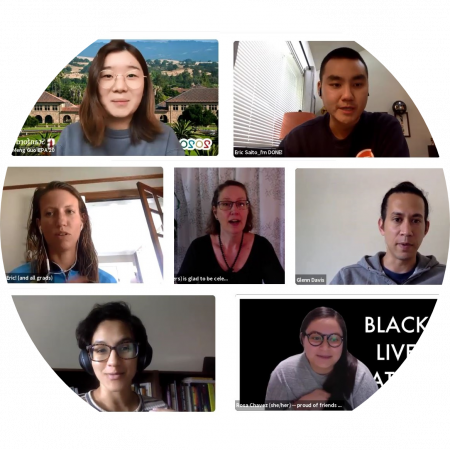
TA toolkit session #2: Equitable and inclusive teaching
Key strategies for enacting a more equitable and inclusive classroom
Community is the foundation of a conducive learning environment. In digital environments, instructors find it especially important to intentionally build in opportunities for interactions that promote and reinforce students’ sense of connection and belonging. Explore stories and resources for ideas about how to create community, facilitate social interactions and connections, and build student trust in digital environments.

Key strategies for enacting a more equitable and inclusive classroom

GSE instructors reflect over the past year and share strategies that have made a difference in remote instruction

Peer conversation addressing the evolving role of the TA

GSE first-year Ph.D. students chat about choosing classes based on personal and research interests

GSE master’s students reflect on how they built relationships with their cohort

GSE students reflect on what made their classes unique and share hopes for the next quarter

GSE instructors discuss the importance of accessibility, digital inclusion, and accommodation

Jarita Greyeyes, a third-year Race, Inequality, and Language in Education (RILE) student, shares how she copes with the stresses of her program

Hannah Katherine D’Apice, a International Comparative Education (ICE) Ph.D. student, shares collaborating methods and tools for the online setting

GSE students and alumni reflect on their online classroom experiences, how far they have come as online learners, and plans for the future

Mathieu Penot, a Learning, Design and Technology (LDT) MA student, provides tips on how he managed online classes

Fellow teachers share out meaningful moments in class and chat about how they adapted to online learning

Sean Reardon and his teaching team create opportunities for levity while building a space for collective learning